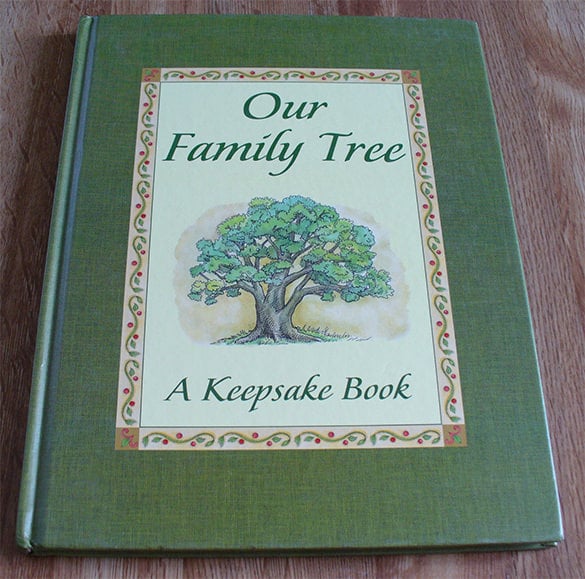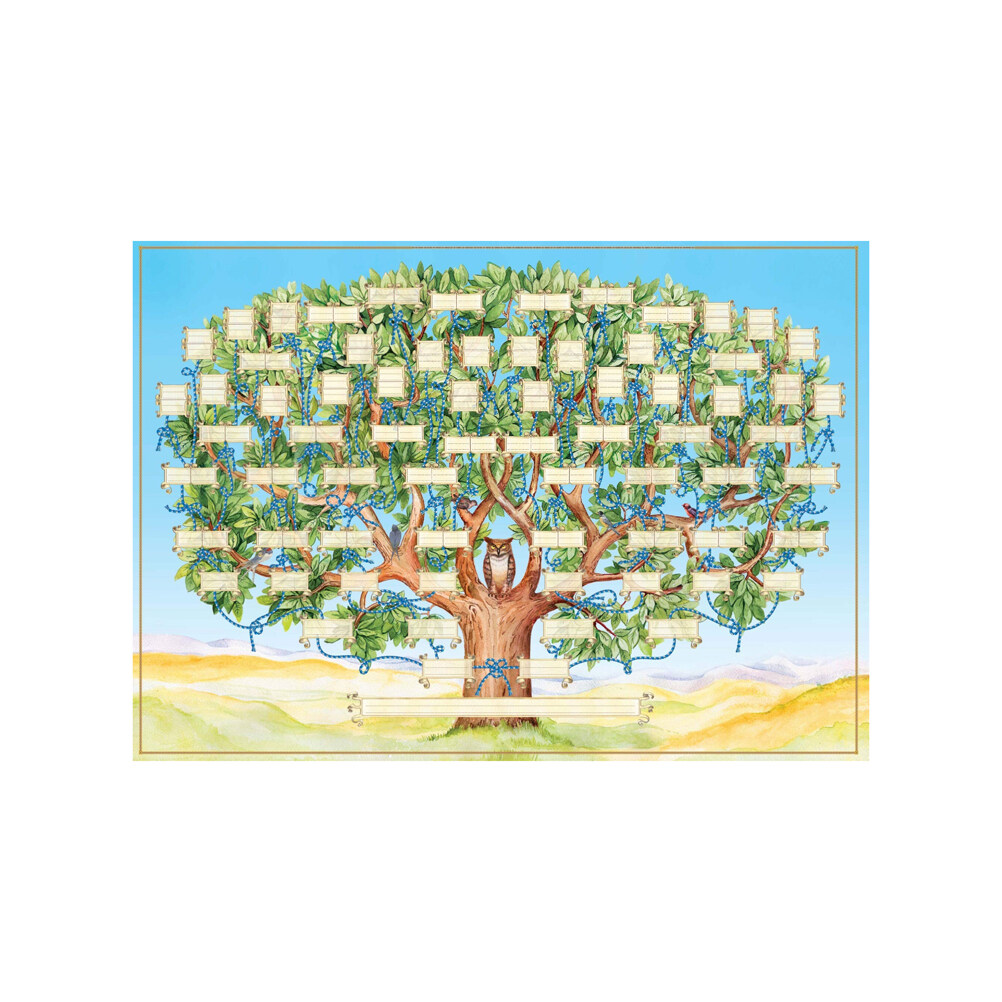Family Tree Books To Fill In

The resurgence of interest in genealogy has fueled a growing market for interactive family history resources, with "fill-in" family tree books becoming increasingly popular. These books offer a structured framework for individuals to document their ancestry, blending guided prompts with space for personal anecdotes and photographs.
These books are more than just blank charts; they are designed to help anyone, from novice to experienced family historians, record and preserve their family's unique story. The trend reflects a deeper societal desire to connect with roots and understand one's place within a larger historical narrative.
What are Fill-In Family Tree Books?
Fill-in family tree books are essentially guided journals designed to document genealogical information. They typically include pre-formatted charts for recording names, dates, and places of birth, marriage, and death.
Beyond the basic genealogical data, many offer prompts and questions to encourage users to delve deeper into family stories and traditions. These prompts might include questions about childhood memories, significant life events, or family recipes.
The books often feature dedicated sections for attaching photographs, documents, and other memorabilia, creating a tangible and personalized family archive.
The Growing Popularity
The rising popularity of these books is connected to several factors. Firstly, the ease of access to online genealogical resources has sparked interest in family history research.
Secondly, the tangible nature of a physical book appeals to those seeking a break from the digital world. Many people find that writing down information by hand leads to better reflection.
Finally, these books serve as a readily accessible way to preserve family information for future generations. Unlike digital files that can be lost or corrupted, a well-preserved book can last for decades.
Key Features and Varieties
The market offers a diverse range of fill-in family tree books, catering to various needs and preferences. Some books are designed for beginners, with simplified charts and straightforward prompts.
Others are more comprehensive, providing space for multiple generations and detailed biographical information. Some even include sections for recording genetic genealogy results from services like AncestryDNA or 23andMe.
Many publishers are also creating specialized books tailored to specific ethnicities or cultural backgrounds, incorporating culturally relevant prompts and traditions.
Who is Buying Them?
The target audience for fill-in family tree books is broad. They appeal to individuals of all ages interested in exploring their family history, from seniors seeking to document their life stories to younger generations eager to learn about their ancestors.
They also make popular gifts for occasions like birthdays, anniversaries, and holidays. Grandparents often purchase these books to document their family history for their grandchildren.
Individuals who are adopted or are the product of assisted reproductive technologies also find these books useful to document their family history as they know it.
Impact and Significance
The impact of these books extends beyond simply recording names and dates. They foster a sense of connection to the past, strengthening family bonds and promoting intergenerational dialogue.
By documenting family stories and traditions, these books help preserve cultural heritage and pass it on to future generations. They are also a valuable tool for understanding one's own identity and place in the world.
According to a 2022 study by the National Genealogical Society, individuals who engage in genealogical research often report a greater sense of belonging and purpose.
Challenges and Considerations
Despite their benefits, there are some challenges associated with using fill-in family tree books. Accurately recording genealogical information requires careful research and verification. Data entered into the book is only as accurate as the research itself.
Privacy concerns are also important, especially when documenting information about living relatives. It is essential to obtain consent before sharing personal details.
Users should be aware of the potential for errors or inconsistencies in online genealogical databases and should cross-reference information from multiple sources.
A Personal Perspective
Emily Carter, a retired teacher from Ohio, recently completed a fill-in family tree book for her grandchildren. "I wanted them to know where they came from," she explained.
"It wasn't just about the names and dates; it was about the stories, the struggles, and the triumphs of our ancestors. It helped me teach my grandkids about our roots."
She added that the process of filling out the book was emotionally rewarding. "It made me feel more connected to my family, both past and present," Carter explained.
The Future of Family History
The increasing availability of DNA testing and online resources will likely continue to fuel interest in family history research. Fill-in family tree books are evolving to incorporate these new technologies, offering users even more ways to explore their ancestry.
Some publishers are developing digital versions of these books, allowing users to combine handwritten notes with online research and multimedia content.
As technology continues to advance, the methods of documenting and preserving family history will undoubtedly evolve, but the fundamental desire to connect with our roots will remain a powerful force. The rise of these fill-in books signals a continuing need to document our lives for posterity.


















